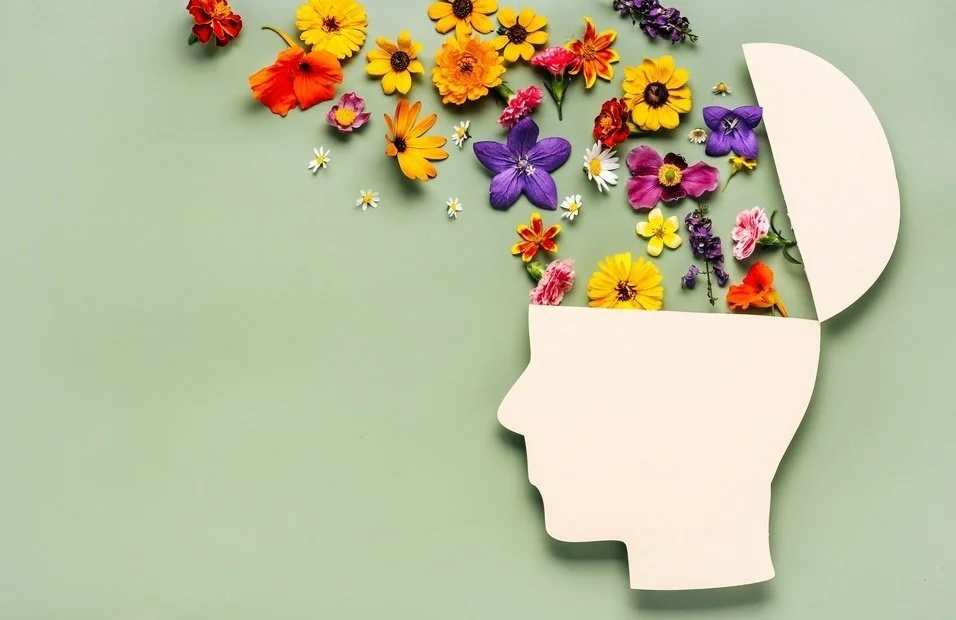Winter blues, depression, and seasonal affective disorder
You may not be feeling like yourself this time of year. Is it normal to feel down or tired in the winter, or is it something more serious? Read on as we examine the difference between the “winter blues,” depression, and seasonal affective disorder.
If you feel your depression is severe or if you are experiencing suicidal thoughts, consult a doctor immediately or seek help at the closest emergency room. National Suicide Prevention Lifeline – 800-273-TALK (8255)
Winter Blues
When days become shorter during winter months, our bodies usually produce more of a sleep-related hormone called melatonin. During darker winter months, many people produce more melatonin and feel sleepier. January and February can be difficult months for individuals living in the US due to decreased sunlight and shorter days. Feeling sleepier in winter months can result in decreased energy and general feelings of fatigue.
Also, the time period from Thanksgiving to New Year’s can be difficult, stressful, or exhausting for many reasons–like financial stress or traumatic memories. In addition, many people simply get tired or bored of winter and are soon ready for a warmer season when they can more easily enjoy being outside. Though winter can be difficult for many, individuals with seasonal affective disorder or depression have a much more intense and debilitating experience. If someone is having difficulty functioning or feels miserable all the time, that could be an indicator of something more serious like depression.
Depression
Depression is different from winter blues or just sadness. It cannot be wished or willed away. Symptoms of major depressive disorder (MDD) include chronic sadness, irritability, and feelings of hopelessness. Severe cases of depression can result in suicidal ideation.
Treatment for depression is usually quite effective, and most people see improvement within weeks. This could include talk therapy like CBT and antidepressants.
Seasonal Affective Disorder (SAD)
Seasonal affective disorder (SAD) is actually a type or subset of depression that occurs during certain seasons, usually fall or winter. The things that can cause winter blues—less sunlight and shorter days—are thought to be possible triggers for SAD. Less sunlight can result in chemical changes and disruptions of our circadian rhythm that can trigger this type of depression. Reduced sunlight may also result in a drop in serotonin levels, which is a neurotransmitter that affects our mood.
There is no clear-cut cause for SAD, however, treatment for SAD might include light therapy, psychotherapy like CBT, and antidepressants. Getting exercise, eating fewer carbohydrates, checking your vitamin D levels, and working to manage stress can also help some people with SAD. SAD is usually seen in adulthood, and more women are affected by SAD than men are. It is also more common in places with greater seasonal changes and at higher latitudes.
Symptoms are very similar to symptoms of depression and can include:
feeling sleepier during the day and sleeping more in general,
loss of interest in normally enjoyable activities,
social withdrawal,
irritability,
anxiety,
feeling hopeless,
increased feelings of guilt,
fatigue,
difficulty concentrating,
decreased sex drive,
brain fog,
weight gain,
the increased appetite (especially for carbs),
and psychosomatic problems such as headaches.
These symptoms increase and decrease around the same time every year, usually in fall and winter–but occasionally these symptoms appear in spring or early summer for some people.
Individuals with SAD may exhibit more fatigue than irritability compared to those with major depressive disorder. Those with MDD commonly experience insomnia and loss of appetite, while those with SAD are more likely to oversleep and overeat.
When to see a professional
Symptoms of SAD and depression can be similar to other mental health conditions. Contact a health provider if you notice any of these symptoms that concern you. If you are having difficulty functioning or feel constantly miserable, talk to your doctor. Don’t try to wait out seasonal depression—there are many evidence-based effective treatment options that can help you return to a fulfilling and enjoyable life.
Are you looking for more support? Please reach out to us. Our team of therapists is here to provide support and guidance. We look forward to connecting with you.






